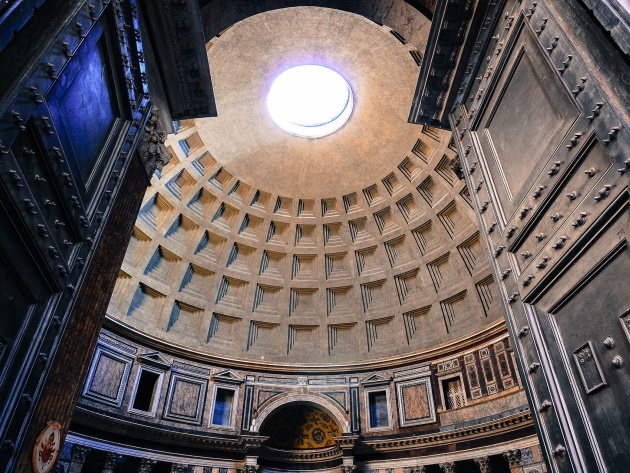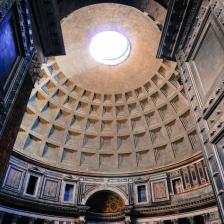
“The most beautiful relic of Roman antiquity. A temple so well preserved that it appears as the Romans must have seen it in their times,” so wrote Stendhal of the Pantheon in the 19th century. A source of inspiration for the greatest architects of all ages, the Pantheon still amazes after all this time for its beauty, the harmony of the lines, and the ideal geometries.
But have you ever wondered why this and other extraordinary thousand-year-old structures, such as the aqueducts and the Colosseum, Rome's symbol, are still standing? And why do more modern buildings only last between 50 and 100 years, despite the use of the most advanced construction techniques? Furthermore, the ancient buildings have gone through centuries, wars, earthquakes, storms, and other calamities.
According to a study conducted by scientists from Harvard University, the Massachusetts Institute of Technology, and the Archaeological Museum of Priverno, their secret lies in the self-healing concrete.
Concrete is a material made by mixing cement, a binder typically consisting of limestone, water, fine aggregates - sand or finely crushed rock - and coarse aggregates - gravel or crushed rock.
Analyzing the ancient concrete taken from a wall of the archaeological site of Privernum in central Italy, the MIT scholars found inside the presence of lime clasts and inclusions of calcium carbonate, which gave the concrete the ability to heal the cracks formed over time.
Study author Admir Masic, an associate professor of civil and environmental engineering at the Massachusetts Institute of Technology, proved that lime clasts, formed under extreme temperatures with kiln-fired quicklime, develop a nano-particle architecture able to react with water. They create a solution that can recrystallize into calcium carbonate and quickly fill crevices to strengthen the composite material, healing cracks before they spread.
At the same time as the precious discovery, the first concrete derived from the Roman formula developed. D-Lime can self-repair thanks to the process activated by water which also allows a 20% saving in carbon dioxide emissions compared to the concrete currently in use.
In short, a revolutionary material that paves the way for more durable, resilient, and sustainable construction.
 Condividi
Condividi












































